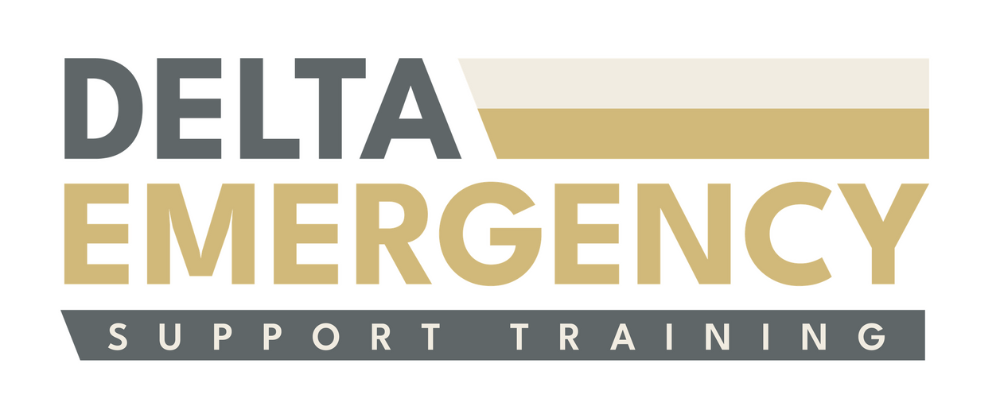Understanding Harm Reduction: A Balanced Approach to Substance-Related Challenges
/Navigating the Complexities of Minimizing Harm in Substance Use
6 NEEDLES ON A WHITE TABLE NEXT TO A SHARPS BIN USED TO HOLD DIRTY NEEDLES
Introduction to Harm Reduction
Defining Harm Reduction Harm reduction represents a pragmatic approach aimed at mitigating the negative consequences associated with high-risk behaviors, especially substance abuse, by promoting safety and minimizing harm.
The Diverse Landscape This approach acknowledges that individuals may continue substance use and seeks to offer strategies that prioritize harm reduction over abstinence alone.
Addressing Controversies Surrounding Harm Reduction
Contested Perspectives Harm reduction methodologies, such as providing clean needles and safe injection sites, prompt debates around balancing compassion with concerns about enabling substance use.
A Spectrum of Opinions Different viewpoints exist within the discourse on harm reduction, from those who advocate for its compassion-driven initiatives to those who prioritize strict abstinence-based models.
Key Components and Practical Aspects of Harm Reduction
Naloxone:
A Life-Saving Tool The wide distribution and use of naloxone, an opioid antagonist that reverses overdoses, have been instrumental in preventing fatalities associated with opioid misuse.
Naloxone training within Emergency Response programs is essential. Delta Emergency Support Training incorporates this vital component into courses like Advanced First Aid and Standard First Aid. These courses empower future first responders with the necessary knowledge and expertise to effectively administer naloxone during emergency situations associated with opioid overdoses.
Safe Injection Sites:
These supervised spaces offer a controlled environment for substance use, aiming to reduce fatal overdoses and limit the transmission of diseases while providing immediate medical assistance if needed.
Clean Supplies and Disease Prevention
Minimizing Health Risks Providing clean tools like needles and pipes significantly reduces the transmission of blood-borne infections, such as HIV/AIDS and hepatitis, among individuals who inject drugs.
Public Health Initiatives Various organizations, including the CDC, implement evidence-based drug prevention programs in communities and schools to mitigate the spread of infectious diseases related to substance abuse.
Empowering Access to Prevention Services
Comprehensive Support Systems Ensuring access to a range of prevention services is crucial for individuals involved in substance use. Harm reduction programs offer education, support, and resources for enhanced safety and well-being.
A Pragmatic Approach Recognizing the reality of substance use, harm reduction offers pathways to reduce harm and prioritize health without exclusively emphasizing abstinence-based approaches.
Embracing a Balanced Perspective
Harm reduction represents a multifaceted approach to addressing substance-related challenges, acknowledging the complexities without strictly advocating for any singular viewpoint. By prioritizing safety and health, it offers pragmatic solutions to minimize harm within communities grappling with substance use issues.




